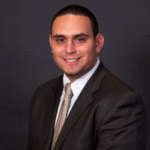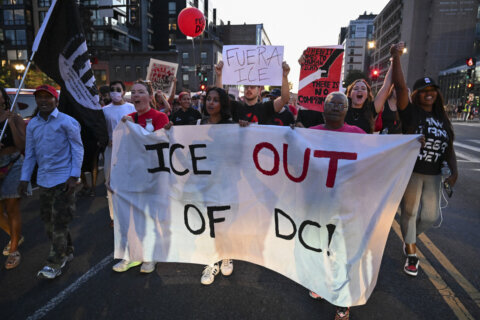This video is no longer available.
Its eyes make hearts and stars, and they may wink at you as the Kiwibot roams streets across D.C.
Contrary to speculation, the robot that’s been captured on social media in recent days isn’t giving out parking tickets. Instead, it’s part of a pilot program that’s helping D.C.’s Department of Transportation keep track of sign and sidewalk infrastructure.
Kiwibot is used as a food-delivery service on Howard University’s campus, and Stephanie Dock, DDOT’s innovation branch manager, said that sparked a conversation about whether the robot would be able to collect data for the city’s sign inventory.
As part of a pilot program, the robot collected information about the city’s signage around a 1-mile segment of Georgia Avenue last fall. It’s also been used around Navy Yard in Southeast.
DDOT’s sign inventory is a list of where all of the city’s signs are and what they say, Dock said.
“It’s important that the stop sign be pointed in the right direction, and that the one-way street is marked,” Dock said. “And also, if you’ve ever tried to park, you know that you want to know whether that is a place that you can park or cannot park at that particular time of day, and whether you have to pay.”
The robot, which looks a like a cooler on wheels, has a few different sensors and radars that detect whether there’s something in front of it, so it doesn’t run into people nearby, Dock said.
It has a “baseline sense” of where signs are supposed to be based on DDOT’s existing inventory, Dock said, and the robots roll down sidewalks, taking photos of signs and sending them back to their teams.
The teams process the information the bot sends back.
“Is this the sign that we thought was there? Has something changed from what was listed as being there? And if so, what?” Dock said.
If the robot sees a sign that wasn’t there before, it gets added to the database. If there’s a missing sign, Dock said it gets flagged, and then the agency reviews whether it was removed or may have fallen down.
That could lead to a work order, and DDOT’s sign shop repairs it in a “timely fashion,” Dock said.
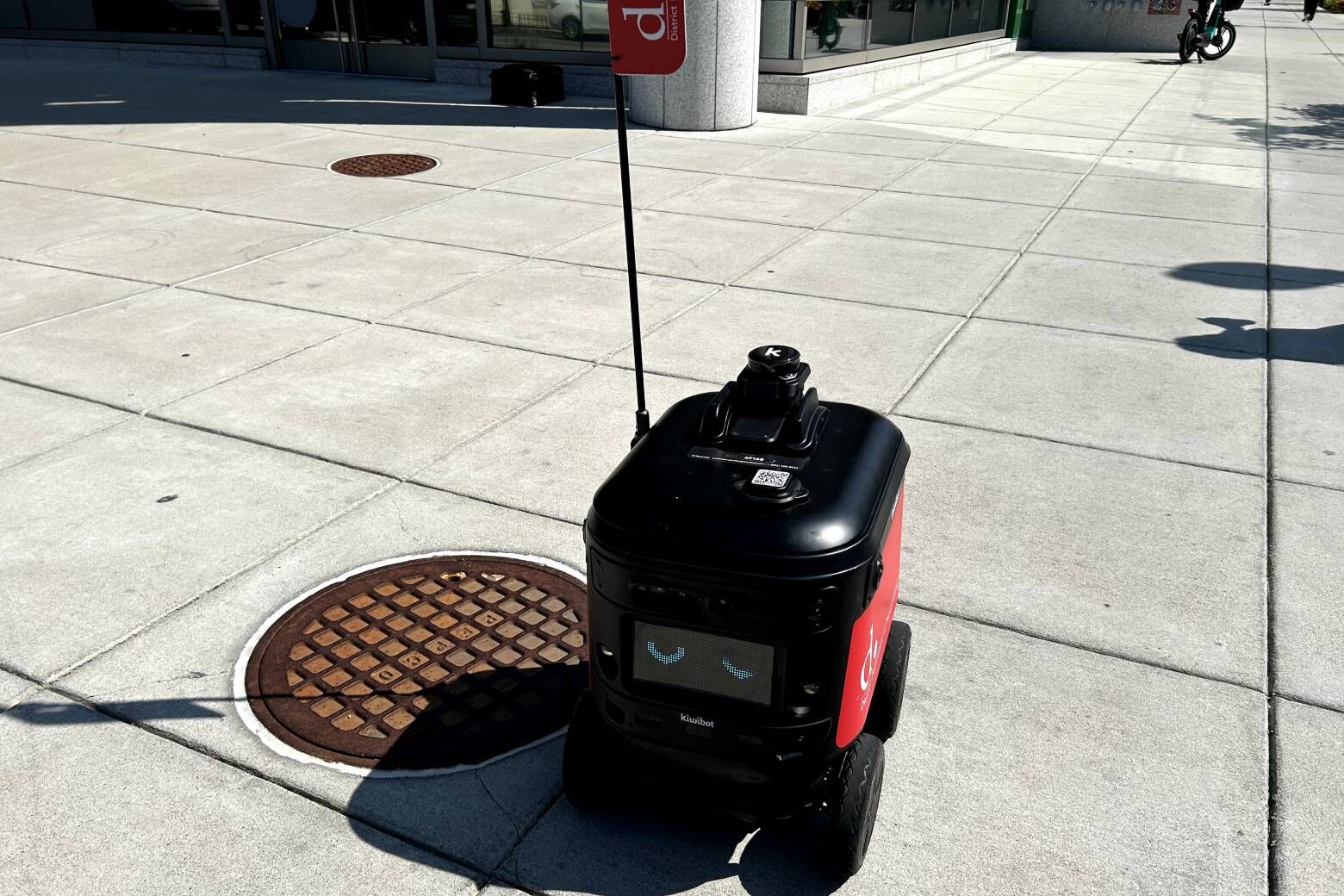
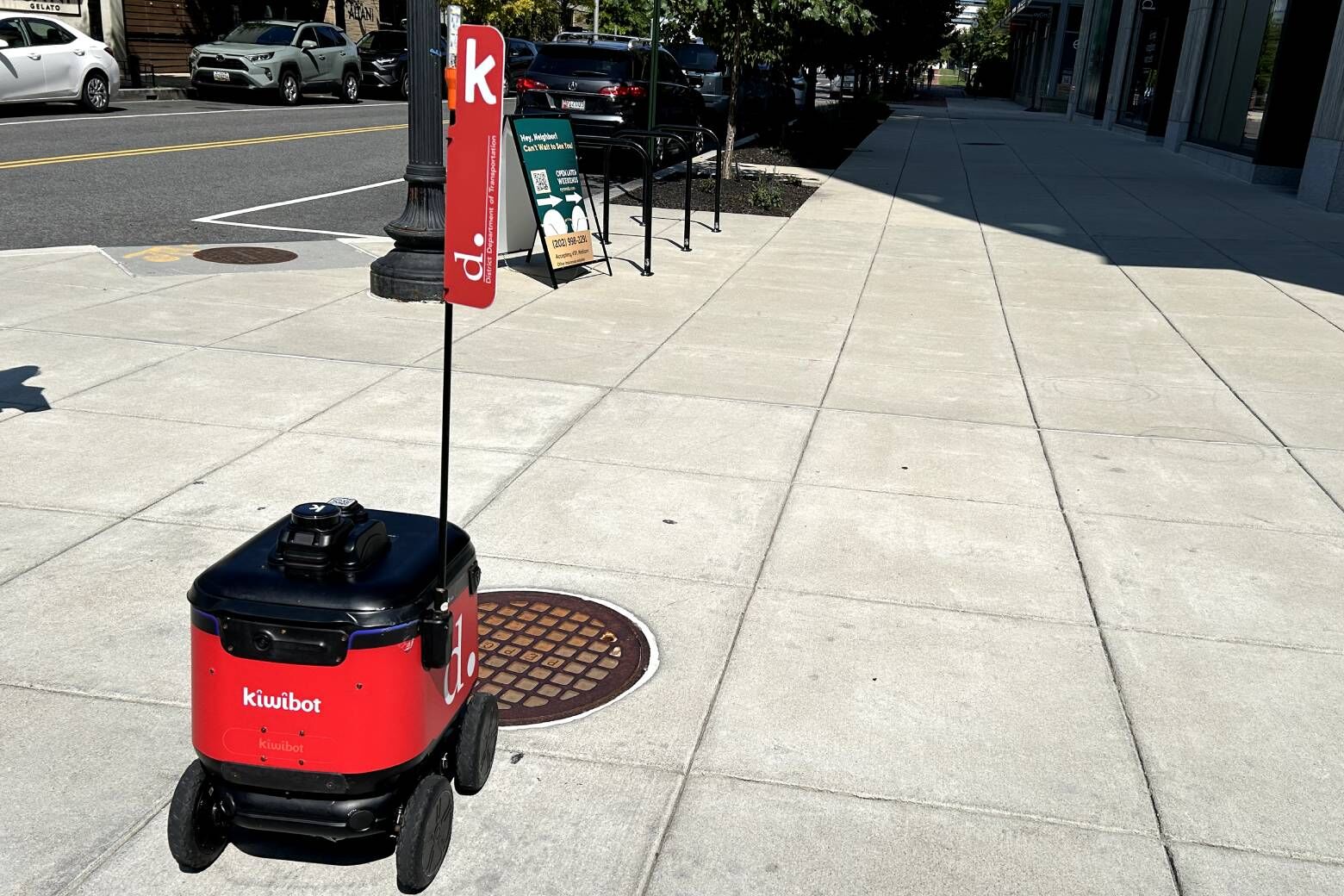

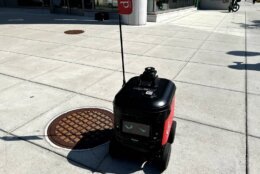
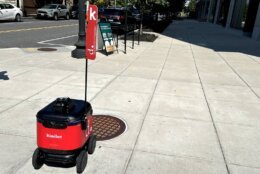
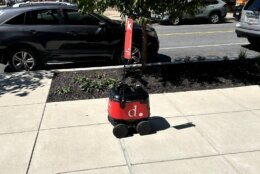
It’s all part of the $10,000 pilot project, which Dock said includes the robot and data-processing support for it.
“Things constantly change on our streets, and unless someone is out there seeing it, we don’t have a way of knowing,“ Dock said.
The robot adds an extra layer of tracking beyond a person walking around, which may have its limitations, Dock said.
“At the start of the pandemic, we had people crawling through street imagery, sign by sign, marking whether the data was correct, updating the signs,” Dock said. “I personally put hundreds of hours into that, and I can tell you, it’s a lot, and you may have missed a sign. You got distracted at the very end of the block.“
During the pilot, the city used one robot, but the next step may bring “a larger fleet collecting more data points in kind of robust fashion, so we would spread to more neighborhoods,” Dock said.
Get breaking news and daily headlines delivered to your email inbox by signing up here.
© 2024 WTOP. All Rights Reserved. This website is not intended for users located within the European Economic Area.

